1311 videos match your search.
 |
Oliver Ruebenkoenig |
 |
Ricardo Lopez In this presentation, we'll discuss the functionality for generating the Schrödinger equation for different configurations and how to solve it with the finite element method as is implemented in ... |
 |
Maik Meusel |
 |
Patrik Ekenberg |
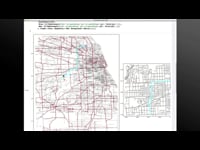 |
Anton Antonov In this presentation from the Wolfram Technology Conference, Anton Antonov shares how he used Mathematica to develop a route finding system that computes the shortest path between two points in ... |
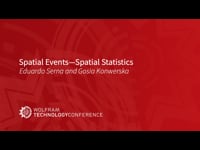 |
Eduardo Serna, Gosia Konwerska Spatial point patterns are collections of randomly positioned events in space. Examples include trees in a forest, positions of stars, earthquakes, crime locations, animal sightings, etc.
Spatial point data analysis, ... |
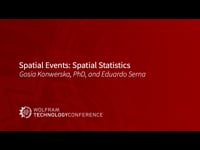 |
Gosia Konwerska, PhD, and Eduardo Serna Spatial point patterns are collections of randomly positioned events in space. Examples include trees in a forest, positions of stars, earthquakes, crime locations, animal sightings, etc. Spatial point data analysis, ... |
 |
Gosia Konwerska |
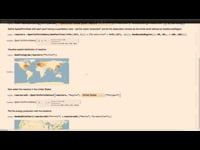 |
Gosia Konwerska & Eduardo Serna |
 |
Eduardo Serna |
 |
Gosia Konwerska Spatial point data, also known as spatial point patterns, refers to collections of points (or events) in space. Examples include trees in a forest, gold deposits, positions of stars, earthquakes, ... |
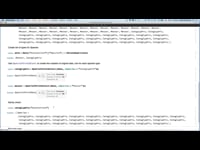 |
Gosia Konwerska In this talk, Gosia Konwerska explores existing and upcoming Wolfram Language functionality designed for analysis and modeling of spatial point data. |
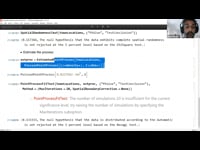 |
Eduardo Serna, PhD In this talk, Eduardo Serna explores existing and upcoming Wolfram Language functionality designed for the analysis and modeling of spatial point data. |
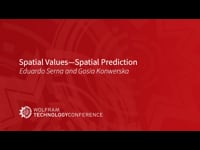 |
Eduardo Serna, Gosia Konwerska Spatial datasets consisting of a set of measured values at specific locations are becoming increasingly important. Examples include temperature, elevation, concentration of minerals, etc. We will look at existing Wolfram ... |
 |
Gosia Konwerska, PhD, and Eduardo Serna Spatial datasets consisting of a set of measured values at specific locations are becoming increasingly important. Examples include temperature, elevation, concentration of minerals, etc. We will preview upcoming Wolfram Language ... |
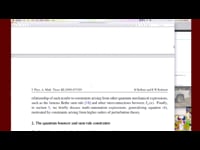 |
Paul Abbott When the eigenvalues of an operator A can be computed and form a discrete set, the spectral zeta function of A reduces to a sum over eigenvalues, when the sum ... |
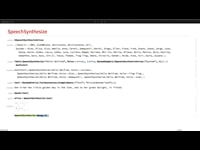 |
Carlo Giacometti |
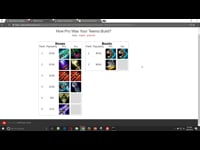 |
Philip Maymin |
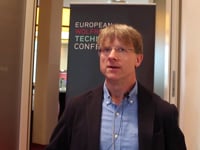 |
Tom Wickham-Jones |
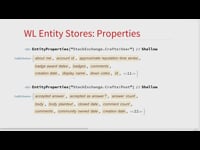 |
Andrew Steinacher |